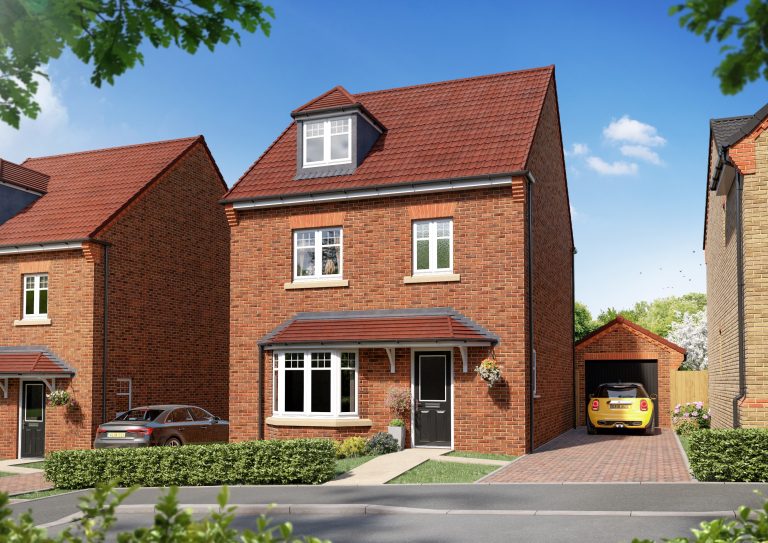Developer Ask Real Estate has handed over One Strawberry Lane in Newcastle city centre to Home Group, one of the UK’s largest providers of social housing. The 70,000 sq ft six storey building, designed by Ryder Architecture and built by BAM Construction, is Home Group’s new headquarters providing a sustainable workspace for 700 of its 3,500 strong workforce. It will be open and accessible to the local community and is the first workspace in the UK to be specifically designed for a post-Covid hybrid way of working. Home Group has taken a 30 year lease on the building which was acquired by Canada Life Asset Management in 2020 for approximately £30 million. Two of the five floors will be let to external organisations. During development, Home Group has worked closely with Connected Voice, an organisation which supports local charities, social enterprises and voluntary community groups, to help tailor One Strawberry Lane’s space, and the expertise within. During construction One Strawberry Lane returned a 44% social value score, (validated by The Social Value Portal), three times the national average for a similar sized project. Home Group and its delivery partners Ask and BAM also set up a community projects fund, with a pot of £150,000, comprising financial contributions, labour and donated materials. Seven projects run by local charities and community groups were selected for support, including: a new lwellbeing centre at The Mercy Hub; a community garden at Pendower and the redecoration of the West End Foodbank. Ask worked closely with Home Group to secure funding and to deliver a next generation office building which would satisfy the Group’s long term workspace requirements whilst also delivering a highly sustainable, energy efficient and flexible building. One Strawberry Lane is the first in the region to achieve both SmartScore and WiredScore certifications. Mark Henderson, Chief Executive of Home Group, said: “This is a building like no other presently in the city. We are proud to be leading the way for things like SmartScore certification and to deliver the first purpose-built workspace for hybrid working. But, for me, what sets One Strawberry Lane apart above all else is the fact it will be integrated into its environment, working to support and interact with the city’s organisations, businesses and communities. Home Group has been rooted in the North-East for close to 90 years. We know this region, we know this city and we know its communities. One Strawberry Lane represents Home Group’s absolute determination to be ever closer linked into our communities. And I hope our office is the beginning of a trend for city centre offices to be more open and welcoming to their fellow citizens and be a part of a vibrant city culture.” Building, Design and Construction Magazine | The Choice of Industry Professionals














